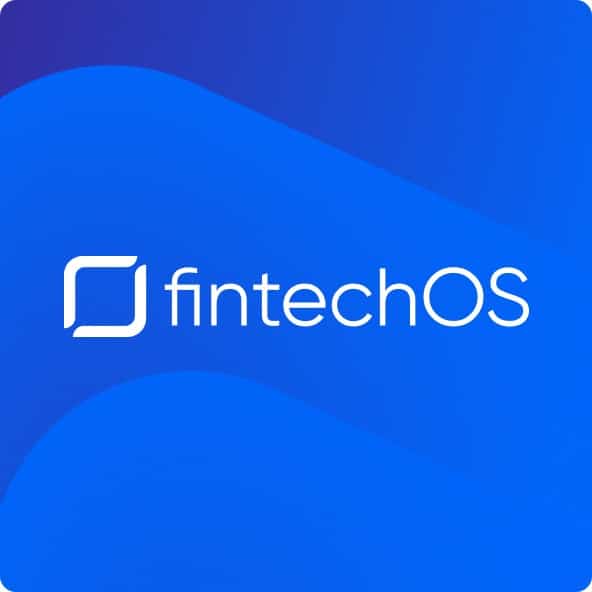Find out about the next generation of development platforms and how they allow banks to build digital journeys, products and experiences at unprecedented speed
Key Takeaways:
- Low-code/no-code are revolutionary development frameworks that offer unprecedented speed and ease of use
- Banks can use low-code or no-code platforms to create digital products in days, rather than months or even years
- Low-code development platforms are 10 times faster than traditional platforms, Forrester found
It’s never been easier to build cutting-edge, customer-centric digital products. Today, the creation of services, journeys and experiences can be completed in days, rather than months or years. A large part of this speed boost has been driven by the arrival of tools like low-code and no-code (LCNC) development platforms which are unprecedentedly user-friendly and straightforward. Ultimately, LCNC points the way towards a future in which banks and financial institutions can self-serve, building their own journeys and experiences rather than having to rely on external agencies.
The term low-code was first coined by Forrester in 2014, when it published a white paper called New Development Platforms Emerge For Customer-Facing Applications. This paper argued that “hand-coding is too slow to develop and deliver many of the applications that companies use to win, serve, and retain customers.” A low code framework can “slash the hand-coding need to deliver applications,” whilst providing “proving ground for testing and experimenting with new ideas,” the analyst house wrote.
A low-code development platform allows pre-existing code to be arranged to build applications, sometimes involving a graphical interface offering drag and drop functionality. The difference between low-code and no-code is often debated. Gartner describes a low-code application platform offering “rapid application development and deployment using low-code and no-code techniques such as declarative, model-driven application design and development together with the simplified one-button deployment of applications”.
It defines a no-code application as an “LCAP that only requires text entry for formulae or simple expressions.” In other words, a no-code platform requires even less manual coding than a low-code one.
However, most analyses lump together both concepts together under the umbrella of low-code/ no-code, or sometimes simply low-code. It does not really matter what nomenclature you use, because the trend is clear.
“The worldwide low-code development technologies market is projected to total $13.8 billion in 2021, an increase of 22.6% from 2020,” Gartner wrote in February 2021.
“The surge in remote development during the COVID-19 pandemic will continue to boost low-code adoption, despite ongoing cost optimization efforts.“
Gartner has predicted that LCNC development will account for 65% of all application development by 2024. Which means banks are paying attention.
Low-Code, High Expectations
To meet the demand of today’s customers, banks must give them what they want – which are frictionless, seamless digital services. Deloitte found that poorly designed digital experiences are the primary driver of attrition. If a bank’s app and website do not meet the needs of customers, they will leave. If the onboarding process is slow, inefficient, and unfriendly, prospective customers will go elsewhere.
However, it is not just enough to build the right digital products, services and experiences. They must be delivered at the right time – which generally means yesterday, or tomorrow at the latest. The great banking super app of 2021 is the digital dinosaur of 2022 because in digital banking, velocity is everything.
LCNC helps banks meet this need for speed. Forrester concluded low code development platforms are 10 times faster than traditional development techniques. Banks already have the right people with the right skills in place to power the creation of incredible digital experiences. LCNC helps to give digital innovators deliver projects quickly and frees up one of their most precious resources: time. . Just like automation liberates employees from routine drudge work, LCNC frees developers from laborious manual tasks. Instead of spending days and months performing low-level coding, they can focus on more challenging, strategic work.
Low-code platforms can accelerate projects and allow non-technical business experts to become more deeply involved in development, bringing the benefit of their knowledge of a bank’s customers to bear throughout the delivery process. The benefits of an LCNC platform do not end when the project is delivered, because business users and citizen developers will be able to make their own quick customizations, rather than having to call in IT staff to make minor adjustments. This is more good news for tech teams, who will have fewer demands on their time and renewed ability to focus on more advanced and interesting work.
The FintechOS Solution
The development of digital products can be difficult and time-consuming, particularly for large incumbent banks. However, digital is not an option, but a matter of survival. FintechOS offers customers access to a low-code platform which dramatically speeds up the development process, allowing journeys to be created using pre-built chunks of code called Automation Blocks. Our platform removes some of the obstacles which limit the development of new digital services, making it fast and easy to build journeys that lift the burden from IT teams, saving them from hard manual work, and freeing them to focus on delivering the very best product that is laser-focused on customer needs.
LCNC is nothing less than revolutionary because it can empower banks to create digital services that are easily as good as those developed by cutting-edge fintechs, without the development difficulties that often accompany large-scale transformations. The code may be low, but the possibilities are very high.
FintechOS offers a low-code banking and financial services platform that enables banks, financial institutions (FIs) and insurance providers to rapidly build and deploy modern, personalized, and data-driven financial service products with improved customer journeys regardless of their existing legacy infrastructure.
To learn more, please read this report by Aite Group.



